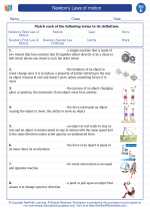Wild Animals
Wild animals are creatures that live and thrive in their natural habitats without direct influence or interference from humans. They play a crucial role in maintaining the ecological balance of their respective ecosystems.
Types of Wild Animals
There are various types of wild animals, including mammals, birds, reptiles, amphibians, and insects. Each type has unique characteristics and adaptations that help them survive in the wild.
Characteristics of Wild Animals
Wild animals exhibit a range of characteristics that distinguish them from domesticated animals. These include their ability to hunt and forage for food, their natural instincts for survival, and their unique physical and behavioral adaptations.
Importance of Wild Animals
Wild animals are integral to the functioning of ecosystems. They contribute to biodiversity, help with pollination and seed dispersal, control pest populations, and can even serve as indicators of environmental health.
Conservation of Wild Animals
Conservation efforts are essential to protect wild animal populations and their habitats. This involves creating and maintaining protected areas, implementing laws and regulations to prevent exploitation, and raising awareness about the importance of preserving wildlife.
Study Guide
Here are some key points to remember when studying wild animals:
- Identify and classify different types of wild animals.
- Understand the unique characteristics and adaptations of wild animals.
- Recognize the importance of wild animals in maintaining ecosystems.
- Learn about conservation efforts and their significance in protecting wild animals.
◂Science Worksheets and Study Guides Fifth Grade. Newton's Laws of motion

 Activity Lesson
Activity Lesson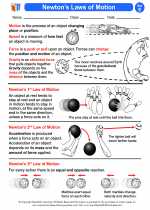
 Worksheet/Answer key
Worksheet/Answer key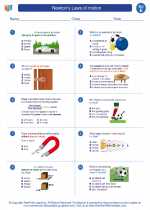
 Worksheet/Answer key
Worksheet/Answer key
 Worksheet/Answer key
Worksheet/Answer key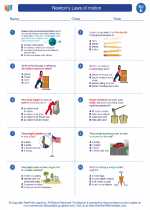
 Worksheet/Answer key
Worksheet/Answer key
 Vocabulary/Answer key
Vocabulary/Answer key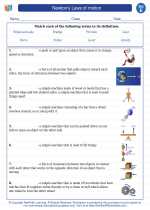
 Vocabulary/Answer key
Vocabulary/Answer key